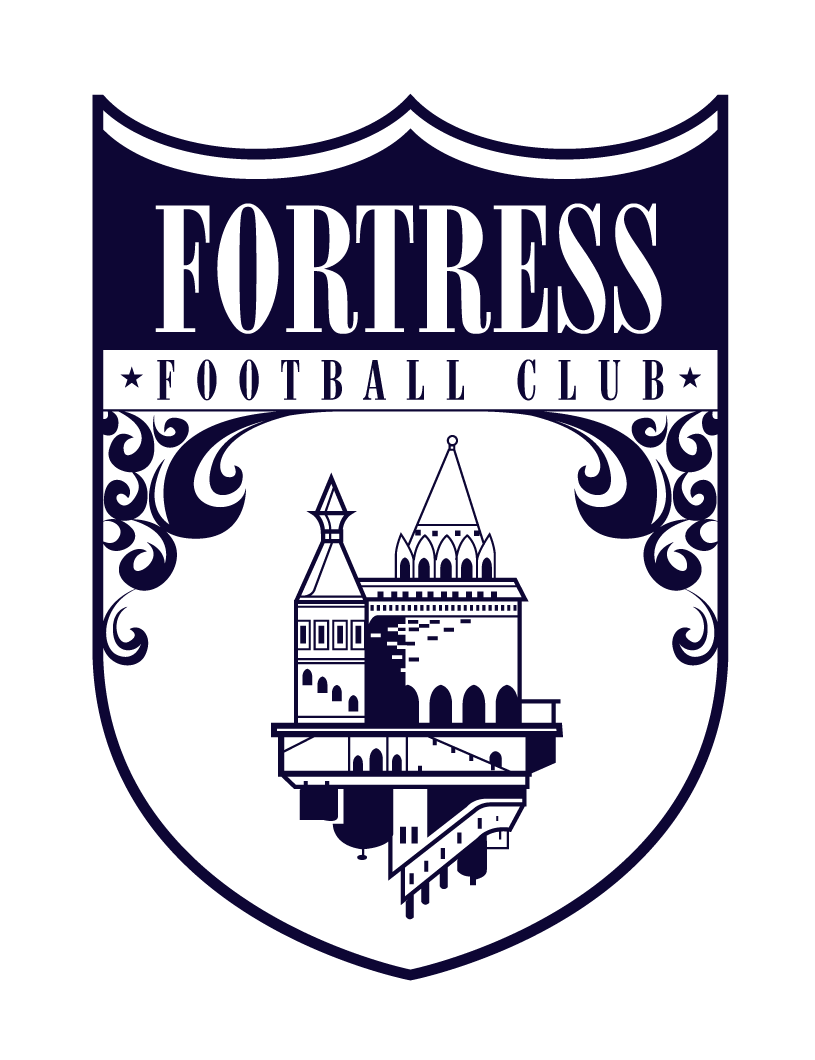Dribbling
Our focus this week is on dribbling, working with the insides and outsides of our feet mainly.
In my mind, there are three types of dribbling. Each is designated by the effort and speed in which the player is using regardless of direction:
1. 1-60% - A player uses a lower percentage of speed (we could say effort as well, as increase of speed = and increase in difficulty and effort) when he is trying to slow the game down, for just a second to switch directions on the field or for a longer period of time, if a team wants to retain possession of the ball for numerous reasons: slow down the opponent’s attack and style of play, the team in possession is winning the game and don’t need to attack as much as they need to hang on to the ball (you can’t score a goal if you don’t have the ball), and/or it’s a team’s style of play, to possess the ball and make the other team chase it. A player’s head is often up scanning the field to perceive what’s happening around him. Smaller touches emphasized here as opposed to bigger, longer touches we’ll see down below. Smaller touches are less risk as opposed to bigger touches where the ball is further away from the player and easier to steal.
2. 60-89% - Usually this is when a player is performing a move or attacking space while still trying to read the defense and his teammates. A player uses small and big touches here. His head is up or down depending on the game situation and level of skill. In the move phase, almost all players have to slow down from their top speeds. This is okay. In order to change direction with the ball, a player must slow down, make his move, and burst into the opposite direction. This helps the ball carrier as it can be hard for the defender to time a tackle correctly. Very rarely can a player maintain top speed and perform cuts or moves at the same time. This is left for the greats, who understand when they need to attack space quickly otherwise their opportunity is missed. Ronaldinho, Christiano Ronaldo, Messi, Ronaldo (Brazil), Ribery Robben and Neymar are all examples of players who didn’t have to slow down with the ball unless they wanted to.
3. 90-100% - An all-out sprint, this level of speed and effort is reserved for moving the ball forward into space. The head is normally down, glancing quickly across the area to interpret defenders and teammates. Big touches are emphasized here. The player sees a more dangerous space to move into and attacks it. A player moving at top speed with the ball is extremely difficult to defend, especially if that player understands the right timing to fake and move the ball past the defender. There’s more space for a defender to “whiff” and the player is a bigger target than the ball, which makes it easier for the dribbler who can maintain quality at high speeds to dribble a defender or get fouled. A great dribbler can dictate an entire game. A great dribbler can score at any time, in any moment of the game. An opponent can never count them out and have to be extra cautious when he receives the ball.
We’ll look into these three speeds with the ball this week. Most of training will be 1-60%, some will be 60-89%, and some 90-100%, the latter being sustainable for very short periods of time. Since we have small spaces, the bursts will be a second or two at most.
The game for this week is from 2013: Bayern Munich vs. Mainz 05. I’ve attached links to the first and second half from YouTube below:
1st half - https://www.youtube.com/watch?v=HdW3bv-ZL4Y
2nd half - https://www.youtube.com/watch?v=EONBgAInI7k
See you tonight.

